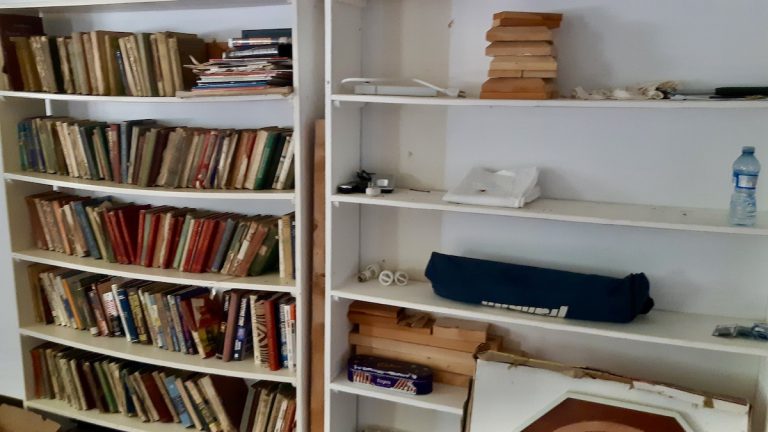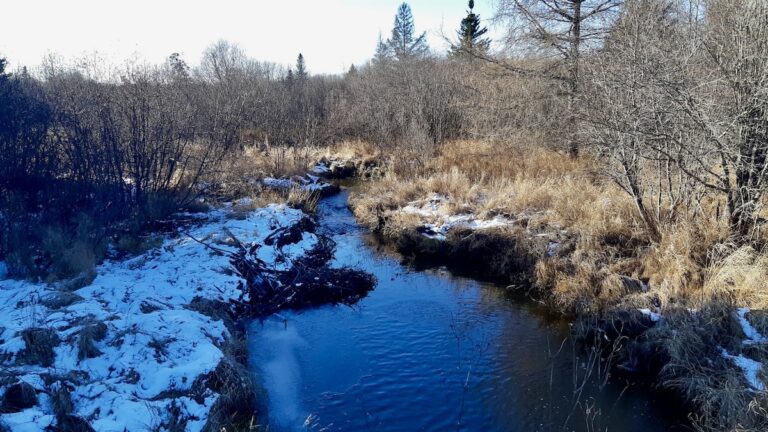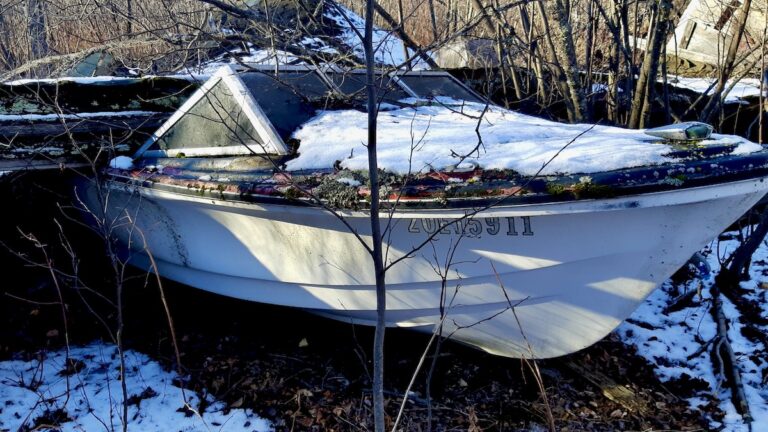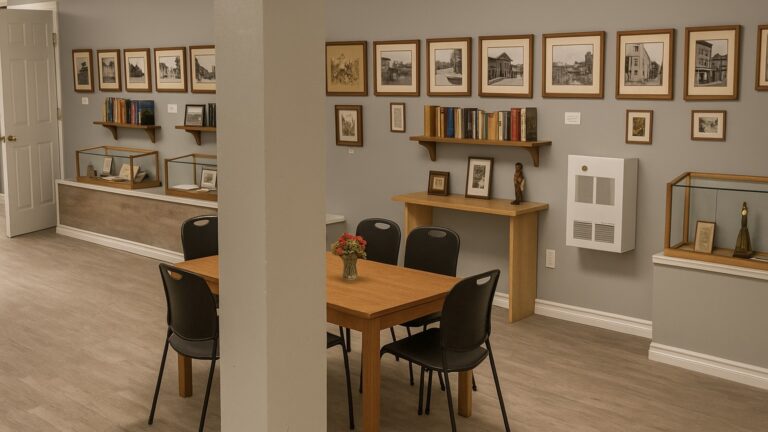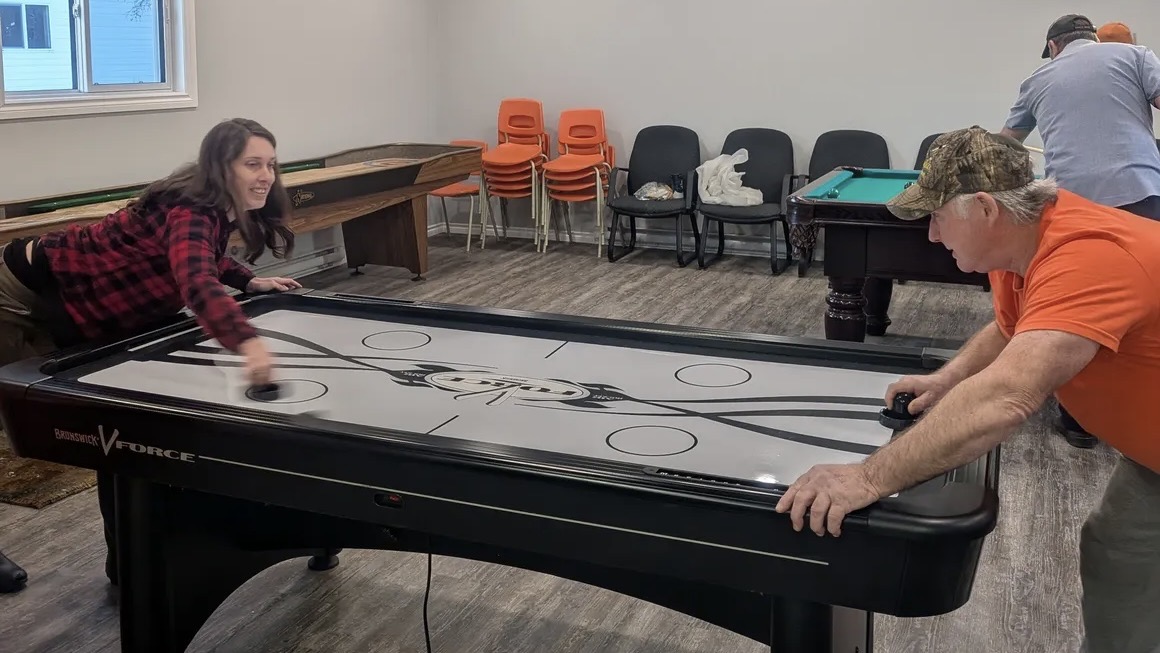
Every lively community event, every shared laugh in a recreation hall, often begins with the vision and hard work of a dedicated recreation committee. Photo: Karen Daignault
Volunteers: The Heart of Community Recreation
In most communities, a Recreation Committee serves as the backbone for supporting local vibrancy and quality of life. At its core, a recreation committee is a group of dedicated volunteers, often residents of the community, who work to plan, organize, and oversee recreational activities and facilities. Their mandate can be broad, encompassing everything from coordinating arts, outdoor activities and community events to managing local parks and recreation centres. The ultimate goal is to enhance the social, physical, and mental well-being of residents by providing accessible and diverse recreational opportunities.
The Northern Services Boards Act and Recreation Committees
For unincorporated areas in Northern Ontario, the establishment and operation of such committees are often guided by specific legislation. The Northern Services Boards Act (NSBA) is the key piece of legislation that empowers Local Services Boards (LSBs) to provide essential services to residents in these areas, including recreation.
The NSBA explicitly allows Local Services Boards to establish recreation committees. This is a significant provision as it provides a formal and legally recognized framework for communities to develop and manage their recreational initiatives.
Recreation Committees Build Capacity
Establishing a recreation committee, as enabled by the Northern Services Boards Act, directly aligns with the Recreation Capacity goal (Goal 5) of the Framework for Recreation in Canada: Pathways to Wellbeing. This framework, a guiding document for public recreation providers across Canada, emphasizes the importance of ensuring the continued growth and sustainability of the recreation field.
Creating a dedicated recreation committee, unorganized communities in Northern Ontario can actively build local capacity in several ways: supporting community-based leadership and volunteerism, increasing collaborative efforts for recreation services, and developing local expertise in planning and delivering programs. This contributes to a stronger, more resilient recreation sector that can effectively meet community needs, thereby supporting the broader goals of active living, inclusion and access, connecting people and nature, and creating supportive environments—all central tenets of the Framework for Recreation.
How the Process Works in Compliance with the NSBA:
The process of establishing a recreation committee under the NSBA typically involves the following steps:
- Identification of Need: A community, often through its residents, identifies a desire or need for organized recreational activities and facilities. This might stem from a lack of current offerings, a desire for new programs, or a need for better management of existing recreational assets.
- LSB Resolution: The Local Services Board, recognizing the community’s need, would typically pass a resolution to establish a recreation committee. This resolution formally acknowledges the committee’s purpose and grants it the authority to operate under the LSB’s umbrella. The NSBA grants LSBs the power to provide recreational services, and establishing a committee is a practical way to delegate and manage this function.
- Terms of Reference (ToR) Development: While not explicitly mandated in detail by the NSBA for recreation committees, it is highly recommended that the LSB, in collaboration with initial committee members, develop clear Terms of Reference. These ToR should outline:
- The Committee’s Mandate and Objectives: What specific recreational services will it oversee? What are its goals?
- Membership: How many members will there be? What are the eligibility criteria? How will they be appointed (e.g., LSB appointment, community nomination)?
- Roles and Responsibilities: What are the duties of the committee as a whole and individual members (e.g., Chair, Secretary, Treasurer)?
- Reporting Structure: How will the committee report to the LSB? How often?
- Financial Oversight: While the LSB maintains ultimate financial responsibility, the ToR should detail how the committee will manage its allocated budget, fundraising efforts, and reporting on expenditures.
- Decision-Making Process: How will decisions be made within the committee?
- Meeting Schedule: How often will the committee meet?
- Appointment of Members: Once the ToR are established, the LSB formally appoints members to the recreation committee. These members are typically volunteers from the community who have an interest in recreation and are willing to dedicate their time and effort. The NSBA emphasizes local control, so community involvement in the selection process is crucial.
- Committee Operations and LSB Oversight: The recreation committee then begins its work, planning and implementing recreational programs and initiatives. Throughout this process, the LSB maintains an oversight role. This involves:
- Budget Approval: The LSB approves the committee’s annual budget, ensuring responsible use of funds.
- Policy Direction: The LSB may provide overall policy direction to the committee to ensure its activities align with the broader community plan and legal requirements.
- Receiving Reports: The committee regularly reports to the LSB on its activities, financial status, and any challenges or successes. This ensures transparency and accountability.
- Addressing Issues: The LSB serves as the ultimate authority to address any significant issues or concerns that may arise with the committee’s operations.
How Communities Can Do It:
For unorganized communities in Northern Ontario served by Local Services Boards who wish to establish a recreation committee, here are practical steps:
- Gauge Community Interest: Start by assessing the level of interest and need for a recreation committee within your community. This can be done through surveys, public meetings, or informal discussions.
- Approach Your Local Services Board: Present your findings and proposal to your LSB. Clearly articulate the benefits of a recreation committee for the community and how it aligns with the LSB’s mandate under the NSBA. Be prepared to discuss potential activities and how a committee could alleviate some of the LSB’s direct burden for recreation.
- Propose Draft Terms of Reference: While the LSB will ultimately approve the ToR, having a draft ready demonstrates proactive planning. Research existing recreation committee models and adapt them to your community’s specific needs and the context of the NSBA.
- Identify Potential Volunteers: Begin identifying individuals within your community who would be interested in serving on the committee. Look for a diverse group with a range of skills and interests.
- Collaborate with the LSB: Work closely with your LSB throughout the process. Open communication and a collaborative spirit will be key to successful establishment and ongoing operation.
By following these steps and leveraging the provisions of the Northern Services Boards Act, communities in Northern Ontario can effectively establish and empower recreation committees, leading to a richer and more vibrant community life for all residents. These committees are a testament to local initiative and the power of collaborative governance in providing essential services in unincorporated areas.


